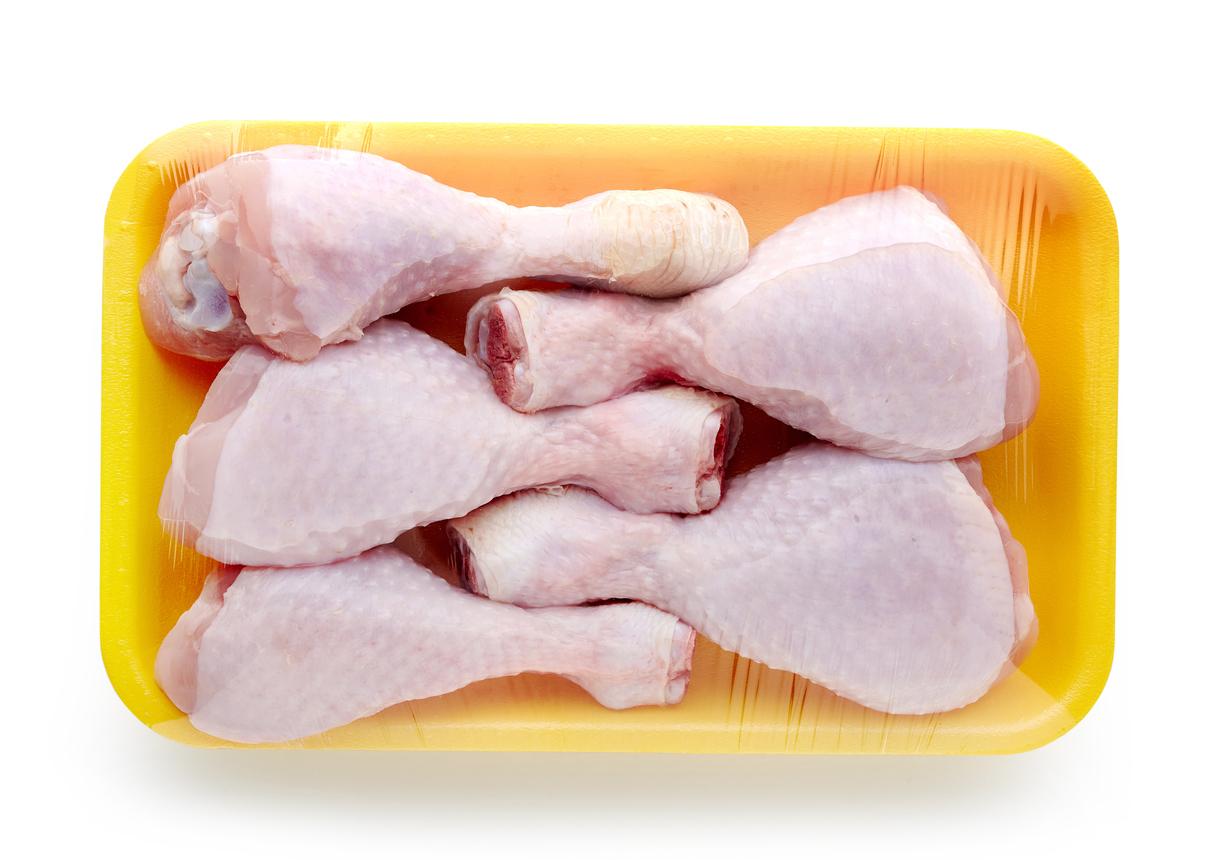
An analysis of raw chicken intended for consumption by people and animals found high levels of antibiotic-resistant Escherichia coli, researchers reported last week at the European Society of Clinical Microbiology and Infectious Diseases (ESCMID) Global Congress.
In the study, which was also published on a pre-print server in March, researchers from the University of Bristol analyzed 58 samples of raw beef, chicken, pork, and lamb sold for human consumption at grocery stores in Bristol and 15 samples of chicken-based raw dog food from specialty pet stores for the presence of resistant E coli. The samples were tested for resistance to amoxicillin, amoxicillin-clavulanate, cefotaxime, ciprofloxacin, spectinomycin, streptomycin.
Overall, 81% of the meat samples for human consumption and 87% of the chicken-based raw dog food samples were positive for E coli. Among the grocery-store purchased meat samples, uncooked chicken had the highest levels of E coli resistant to amoxicillin (93%), spectinomycin (100%), streptomycin (100%), and the critically important antibiotic ciprofloxacin (47%)—significantly higher than found in uncooked beef, pork, and lamb.
Similar levels of resistant E coli were found in the chicken-based raw dog food samples, with 87% positive for resistance to spectinomycin and streptomycin and 47% positive for ciprofloxacin resistance.
Appropriate handling of uncooked meat, raw dog food
The analysis also found that the most common E coli sequence types (STs) in the chicken-based raw dog food samples (ST10, ST162, and ST744) were the same as those found in a previous study on fluoroquinolone resistance in dogs by the same research team. In that study, the presence of those STs in dog fecal samples was strongly associated with a raw meat diet.
"Our findings that raw dog food is similarly contaminated with resistant bacteria provides an explanation for why dogs fed raw meat are more likely to excrete these bacteria," the authors said in an ESCMID press release.
The authors add that the findings highlight the need for consumers to cook meat thoroughly and follow the same appropriate hygiene practices when handling uncooked meat and raw dog food.

















